



If you find yourself wandering through Hungary beyond Budapest,Székesfehérvár is a city that quietly steals your heart with its blend of history and lively charm. The moment you step into its sun-dappled squares,you’ll notice a gentle hum of everyday life—locals chatting over coffee,the clink of glasses from cozy cafés,and the soft rustle of leaves in the parks. It’s a place where the past isn’t just preserved behind glass but lives in the cobblestones beneath your feet and the grand medieval churches that punctuate the skyline. Walking through Székesfehérvár,you’ll catch the scent of fresh pastries mingling with the earthy aroma of nearby gardens. The city’s architecture is a warm mix of Renaissance and Baroque,with colorful facades that invite you to pause and soak in the details. There’s a relaxed rhythm here,where you can linger over a plate of traditional Hungarian goulash or sip a glass of local wine while watching the world go by in a bustling market square. What makes Székesfehérvár truly special is its spirit—a blend of proud history as a coronation city and a vibrant,modern community that embraces art,music,and festivals with open arms. It’s the kind of place where you feel connected,whether you’re exploring ancient ruins or joining in a lively street celebration. Visiting here feels like stepping into a story that’s still unfolding,and you get to be part of it.
The information on this page is currently being reviewed by Tripkliq and should be used as a guide only
Eng word: Hello
Eng pronunciation: See-ya
Local language: Szia
Eng word: Goodbye
Eng pronunciation: Vees-laht
Local language: Viszlát
Eng word: Thank you
Eng pronunciation: Kuh-suh-nuhm
Local language: Köszönöm
Eng word: How much
Eng pronunciation: Men-yee-beh keh-rool
Local language: Mennyibe kerül
Eng word: Toilet
Eng pronunciation: Vay-tsay
Local language: WC
Eng word: Help me
Eng pronunciation: Sheg-eet-sheg
Local language: Segítség
Eng word: Yes
Eng pronunciation: Ee-gen
Local language: Igen
Eng word: No
Eng pronunciation: Nem
Local language: Nem
Eng word: Excuse me
Eng pronunciation: El-ney-zesht
Local language: Elnézést
Székesfehérvár was the first capital of Hungary and served as a royal residence and administrative center during the early medieval period.
The city was the site where many Hungarian kings were crowned and buried, making it a significant location in the country's royal history.
The city was home to the grand Basilica of Székesfehérvár, which was one of the largest churches in medieval Hungary and a symbol of the city's importance.
Székesfehérvár housed a royal palace that served as the residence of Hungarian kings during the Árpád dynasty, showcasing the city's prominence in medieval times.
The city center of Székesfehérvár features stunning Baroque architecture, including churches, palaces, and public buildings that reflect its rich cultural heritage.
Bory Castle, a unique architectural masterpiece built by Jenő Bory, is a popular tourist attraction in Székesfehérvár, known for its romantic design and artistic details.
The Garden of Ruins is an open-air museum in Székesfehérvár that showcases remnants of the medieval basilica and other historical structures, offering a glimpse into the city's past.
Székesfehérvár is often referred to as the 'City of Flowers' due to its beautifully maintained parks and gardens, making it a picturesque destination for visitors.
The city hosts the Royal Days Festival every August, celebrating its historical significance with cultural events, medieval reenactments, and vibrant parades.
In Székesfehérvár, the most common Power Adaptor is Type C, Type F.


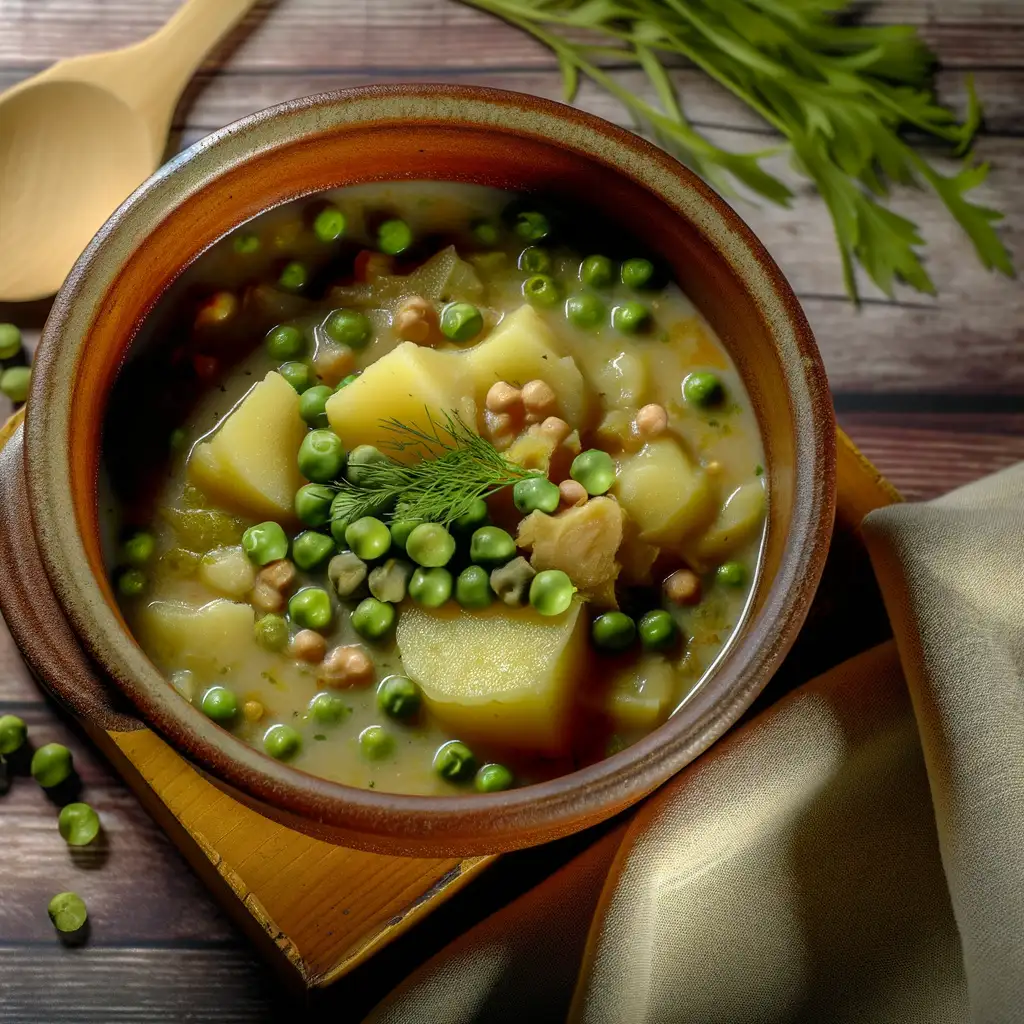
A thick vegetable stew, often made with potatoes, peas, or lentils, served as a side dish or main course.
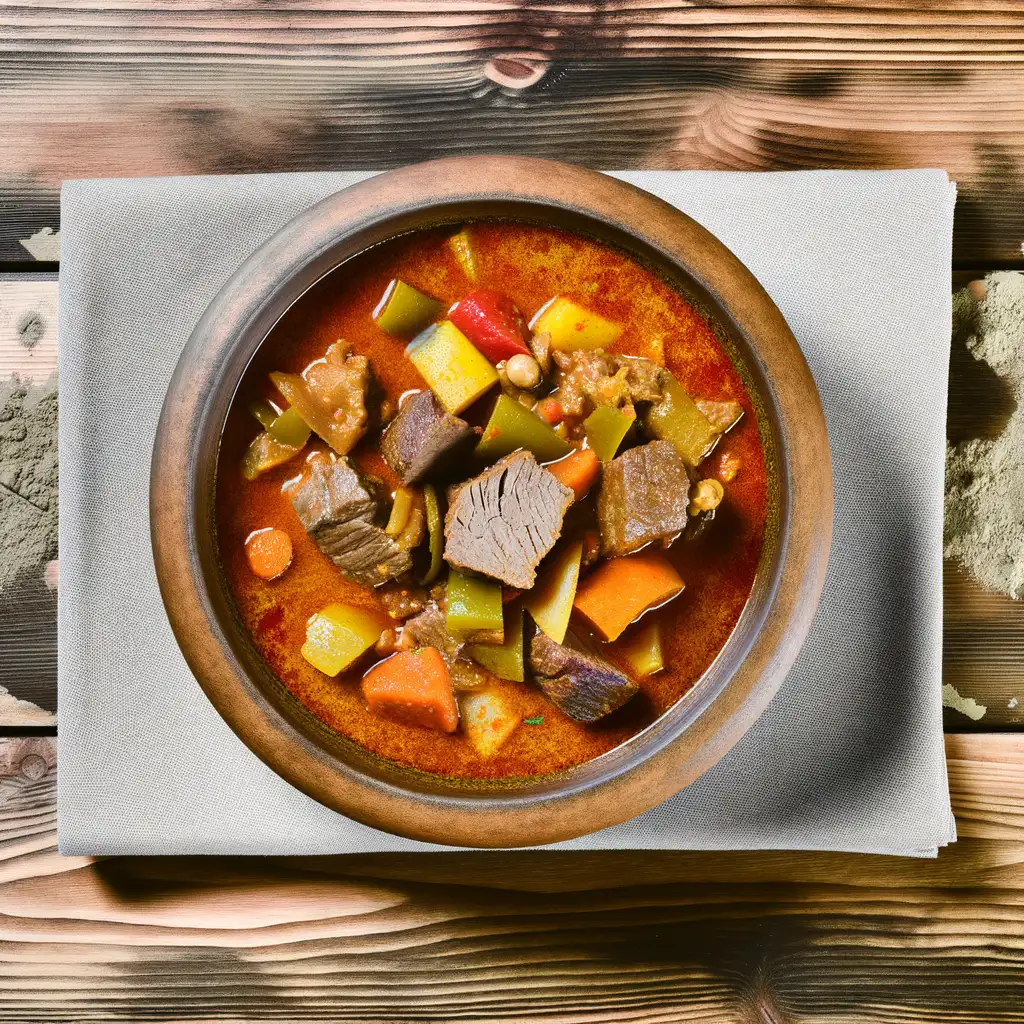
A famous Hungarian goulash, a thick soup or stew made with beef, potatoes, and paprika, known for its rich flavor.
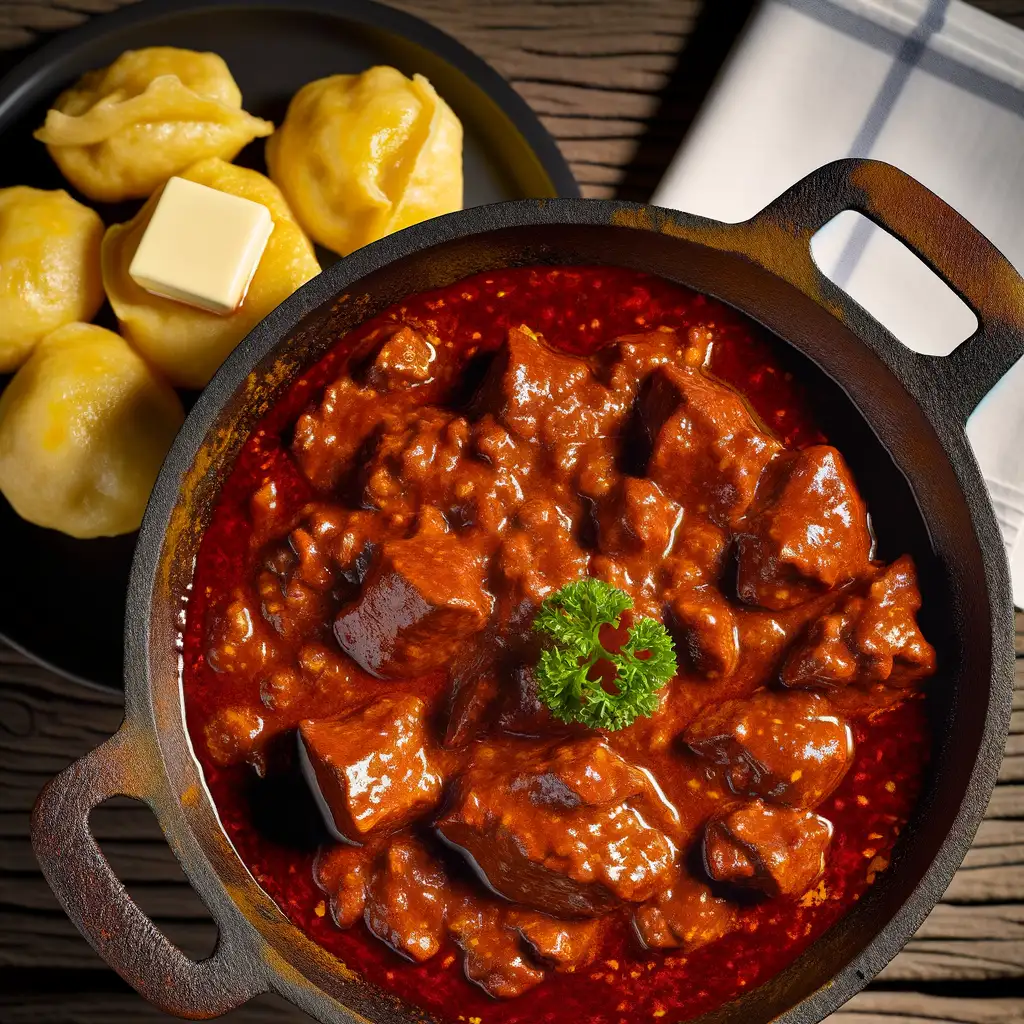
A hearty meat stew, typically made with beef or pork, cooked slowly with onions, paprika, and other spices, often served with dumplings or bread.

A deep-fried flatbread, usually topped with garlic, sour cream, and cheese, popular as a street food snack.
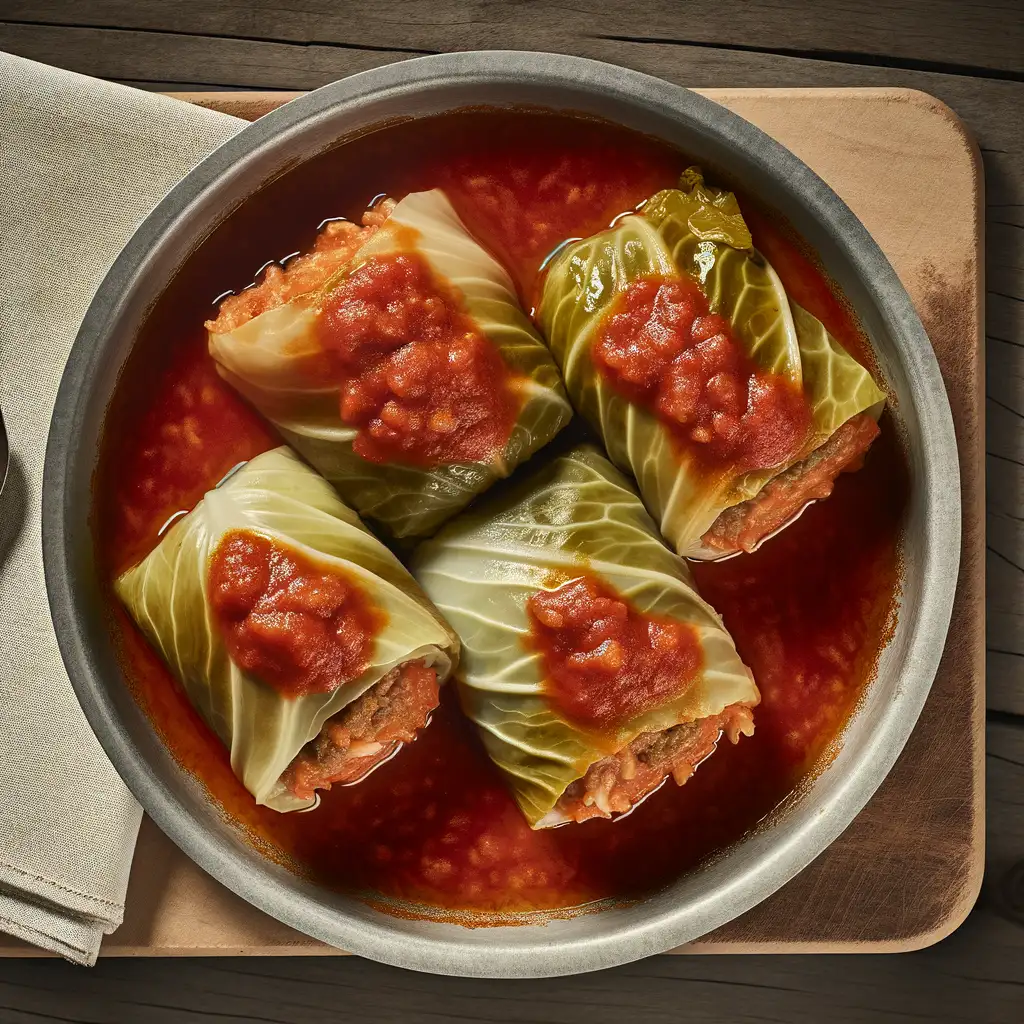
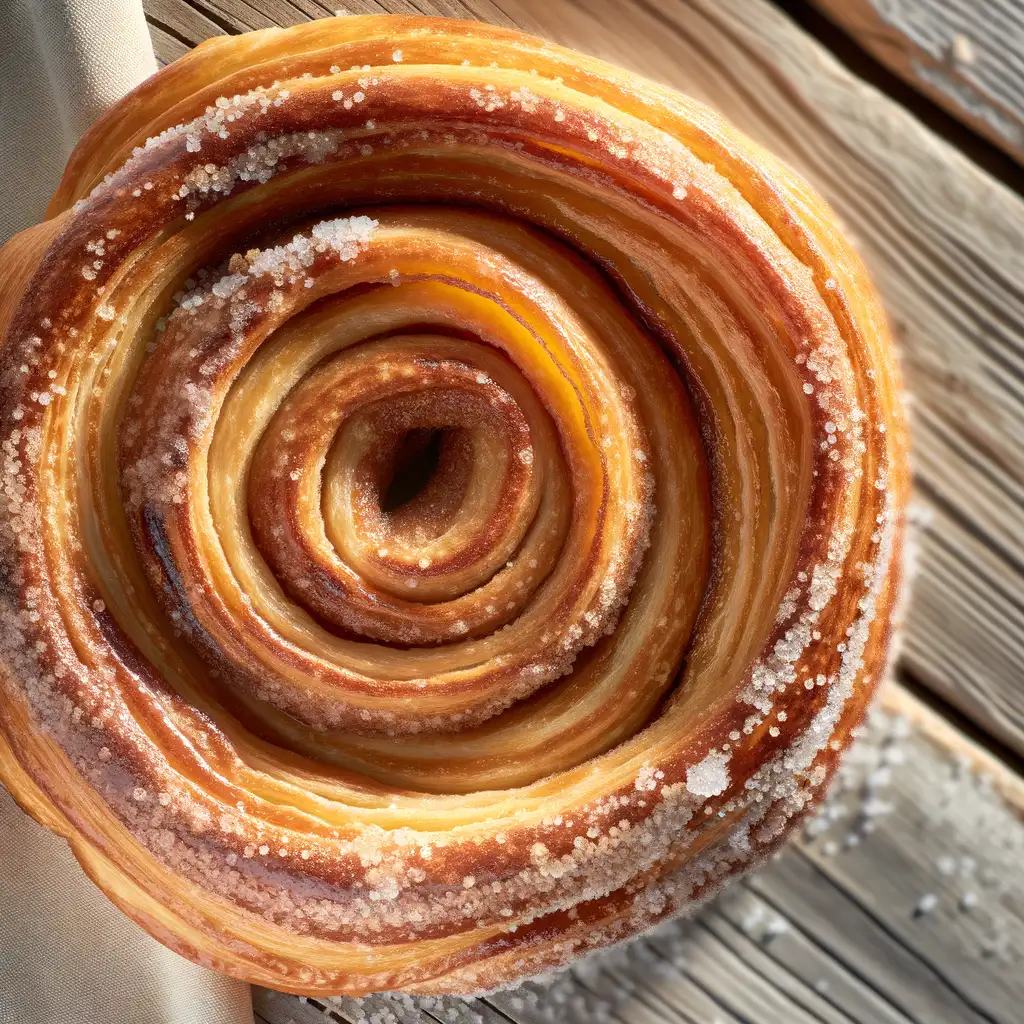
A sweet, spiral-shaped pastry cooked over an open flame, coated in sugar and often flavored with cinnamon or nuts.

Stuffed cabbage rolls filled with a mixture of minced meat and rice, cooked in a savory tomato sauce.
Budapest feels like stepping into a storybook where history and modern life dance together effortlessly. The moment you stroll along the Danube River,with the majestic Parliament building glowing in the evening light,you sense a city that’s both grand and inviting. There’s a rhythm here—street musicians playing haunting melodies,the clinking of glasses in cozy ruin pubs,and the gentle splash of thermal baths that have been soothing locals for centuries. It’s a place where every corner whispers tales of empires past,yet pulses with youthful energy.
Wandering through the cobbled streets of the Castle District,you catch the scent of fresh pastries mingling with the earthy aroma of old stone walls. The vibrant markets buzz with vendors selling paprika,fresh bread,and sweet chimney cakes,tempting you to taste the rich flavors of Hungarian cuisine. Budapest’s character shines brightest in its contrasts:the elegant Art Nouveau cafés sit side by side with edgy street art,and the grand boulevards lead you to intimate courtyards where locals sip coffee and chat animatedly.
What makes Budapest truly unforgettable is how it wraps you in warmth—whether it’s the steamy embrace of a thermal bath on a chilly day or the friendly chatter in a bustling café. It’s a city that invites you to slow down,savor every moment,and discover stories hidden in its architecture,food,and people. Trust me,once you’ve felt Budapest’s pulse,you’ll carry a piece of it with you long after you leave.
Vienna feels like stepping into a living storybook where every street hums with history and charm. The moment you wander through its grand boulevards,you’re wrapped in a warm embrace of baroque architecture,cozy coffeehouses,and the gentle melodies of street musicians playing waltzes nearby. There’s a rhythm to the city — elegant yet inviting — where the past and present dance together effortlessly.
As you stroll along the Danube or through the lush gardens of Schönbrunn Palace,you catch the scent of freshly baked strudel mingling with the earthy aroma of roasted coffee beans from a nearby café. The city’s café culture is something special; sitting down with a slice of Sachertorte and a strong Viennese coffee feels like a small,delicious ritual. You’ll hear the soft clink of porcelain cups and the murmur of locals deep in conversation,making you feel instantly at home.
Vienna’s character is a blend of refined artistry and genuine warmth. It’s a place where grand opera houses and modern galleries coexist,and where the locals’ pride in their musical heritage is palpable. Whether you’re exploring the vibrant Naschmarkt with its colorful stalls or catching a live performance in a centuries-old concert hall,Vienna invites you to slow down,savor the moment,and soak in its timeless elegance.
If you find yourself wandering through Okres Bratislava I,you’ll immediately notice a unique blend of old-world charm and vibrant city life that feels both cozy and electric. The cobblestone streets of the historic center invite you to slow down and soak in the atmosphere,where the scent of fresh pastries mingles with the faint hum of street musicians playing in the squares. It’s the kind of place where every corner tells a story—whether it’s the medieval walls of Bratislava Castle standing proudly above the Danube or the colorful facades of buildings lining Michalská Street.
What really makes Bratislava I special is its rhythm. Mornings start with locals sipping rich Slovak coffee in sun-dappled cafés,while afternoons buzz with the chatter of artists and students spilling out from galleries and bookshops. The city’s character is a warm mix of tradition and creativity,where centuries-old churches sit side by side with trendy bistros serving up hearty bryndzové halušky (potato dumplings with sheep cheese) that taste like a comforting hug.
As evening falls,the lights reflecting off the Danube create a magical glow,and the air fills with the aroma of grilled meats and fresh bread from nearby markets. Whether you’re wandering through leafy parks or catching a live jazz set in a tucked-away cellar bar,Bratislava I feels like a place that invites you to linger,explore,and fall a little in love with its easygoing spirit and rich culture.
Imagine wandering through a city where the old world gently brushes against the new,and every corner hums with a quiet,inviting energy—that’s Zagreb. From the moment you step into its cobbled streets,you’re wrapped in a warm,lived-in charm. The air carries the scent of fresh coffee mingling with blooming linden trees,while the distant chatter from open-air cafés spills into the streets,inviting you to slow down and savor the moment. Zagreb doesn’t shout for attention; it welcomes you like an old friend,with a smile and a story.
The city’s character is a delightful blend of Austro-Hungarian elegance and vibrant Croatian spirit. Strolling through the Upper Town,you’ll catch glimpses of medieval towers and baroque facades,while the Lower Town buzzes with modern life—art galleries,quirky boutiques,and lively markets where you can taste local cheeses,honey,and the unmistakable sweetness of fresh figs. Music often drifts from street performers,adding a soundtrack to your exploration that feels both spontaneous and soulful.
What makes Zagreb truly special is its rhythm—unhurried yet alive. Whether you’re sipping a glass of robust Croatian wine in a cozy tavern or watching the sunset paint the rooftops in shades of gold and rose,there’s a sense of belonging here. It’s a city that invites you to not just see it,but to feel it,to become part of its story,even if just for a little while.
Imagine stepping into a city where every corner feels like a scene from a timeless painting—Venice is exactly that kind of place. The moment you arrive,the gentle lapping of water against ancient stone buildings wraps around you like a soft melody. Instead of streets,there are winding canals,and instead of cars,gondolas glide silently beneath ornate bridges,their oars dipping rhythmically into the emerald water. The air carries a mix of salty sea breeze and the faint aroma of fresh espresso and baked pastries from nearby cafés,inviting you to slow down and savor the moment.
Venice has this magical,almost dreamlike quality. The light here is different—soft and golden in the mornings,casting long shadows on the labyrinth of narrow alleys and colorful facades. You’ll find yourself wandering without a map,getting delightfully lost among the bustling markets,where vendors call out in melodic Italian,selling everything from fresh seafood to vibrant Murano glass. The city’s rich history whispers from every corner,from the grandeur of St. Mark’s Basilica to the quiet charm of tucked-away piazzas where locals sip wine and chat as if time has paused.
What makes Venice truly unforgettable is its rhythm—slow,intimate,and deeply human. It’s a place where you can hear the laughter of children playing by the water,the clinking of glasses in cozy trattorias,and the soft hum of a street musician’s violin. Visiting Venice isn’t just about seeing a city; it’s about feeling its heartbeat,tasting its flavors,and becoming part of its endless story.
If you ever find yourself wandering through the sun-drenched streets of Dubrovnik,you’ll immediately feel like you’ve stepped into a living storybook. The city’s ancient stone walls rise proudly against the sparkling Adriatic,and as you stroll along the marble-paved Stradun,the salty sea breeze mingles with the scent of fresh pine and blooming bougainvillea. There’s a rhythm here—a gentle hum of life where history and modern charm dance together effortlessly.
Dubrovnik’s character is woven into every corner:the clatter of café cups,the murmur of locals chatting in cozy taverns,and the distant call of seagulls overhead. You can almost taste the city in the air—briny and fresh,with hints of grilled seafood and ripe figs from the markets. Sitting at a seaside restaurant,watching the sun dip behind the fortress walls,you’ll savor dishes bursting with Mediterranean flavors,paired with a glass of crisp Croatian white wine.
What makes Dubrovnik truly special is how it balances its rich past with a vibrant present. The city’s narrow alleys invite exploration,revealing tucked-away galleries,artisan shops,and lively squares where music spills out into the streets. Whether you’re tracing the footsteps of ancient mariners or simply soaking up the golden light on a quiet terrace,Dubrovnik feels like a warm embrace—inviting,timeless,and utterly unforgettable.
Tourists may encounter unfavorable exchange rates or hidden fees at unofficial currency exchange locations.
Scammers may sell fake tickets to attractions or offer non-existent tours to unsuspecting tourists.
Some taxi drivers may overcharge tourists by not using the meter or taking unnecessarily long routes.
Crowded areas, such as markets or public transportation, may attract pickpockets targeting tourists' wallets and valuables.
Some restaurants may inflate bills or add hidden charges for tourists, especially in tourist-heavy areas.
Street vendors may sell counterfeit or low-quality goods at high prices, claiming they are authentic or handmade.
Hungary has strict drug laws, and the possession, use, or distribution of illegal drugs is a criminal offense. Even small amounts of drugs can lead to severe penalties, including fines, imprisonment, or deportation for tourists. Recreational drug use is not tolerated, and police enforcement is strict. Tourists should avoid any involvement with drugs during their visit.
In Székesfehérvár, Hungary, smoking is prohibited in enclosed public spaces, workplaces, public transport, and within 5 meters of entrances to public buildings. Smoking is also banned in playgrounds and certain outdoor areas frequented by children. Designated smoking areas may be available in some locations. Violations can result in fines.
Vaping is subject to similar restrictions as smoking in Székesfehérvár. It is prohibited in enclosed public spaces, public transport, and other areas where smoking is banned. Hungary has strict regulations on the sale and advertising of e-cigarettes, and only licensed shops can sell vaping products. Tourists should avoid vaping in non-designated areas to avoid fines.
What are other people saying about Székesfehérvár?
Recent Social posts about Székesfehérvár
There is nothing to show you for now.